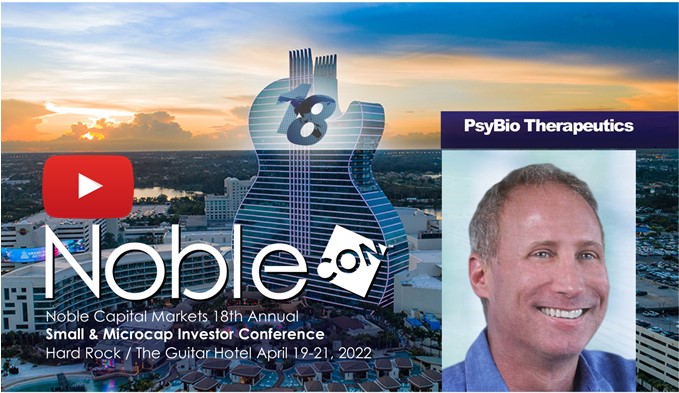Image Credit: Maureen (Flickr)
Powell Answered the Market’s Three Most Pressing Questions at Jackson Hole Symposium
Federal Reserve Chair Jerome Powell kept his address at Jackson Hole brief and focused. He also gave an intentionally direct message about the current economic environment and his resolve to succeed in changing it.
Powell told his audience, both attendees of the symposium and the broadcast audience, that the monetary policy setting arm of the Fed (FOMC) has as its highest focus to bring inflation back down to its 2% target. Aware that he was speaking to a world audience, he made clear that price stability in the U.S. is the responsibility of the Federal Reserve – and without stable prices, the economy is on shaky ground. He connected low inflation with achieving a sustained period of strong labor markets. Which, alongside inflation, are the mandates of the U.S. central bank. Powell said, “The burdens of high inflation fall heaviest on those who are least able to bear them.”
Is the Fed Okay with a Recession Level Contraction?
He offered that restoring price stability won’t happen in weeks or even months; because it takes time to bring demand and supply into better balance. Is the Fed okay with a recession-level contraction? Powell said, “Reducing inflation is likely to require a sustained period of below-trend growth. Moreover, there will very likely be some softening of labor market conditions.” Powell then explained, “While higher interest rates, slower growth, and softer labor market conditions will bring down inflation, they will also bring some pain to households and businesses.” The Fed Chair said he believes that failing to calm inflation “would mean far greater pain.”
What is the Current State of the U.S. Economy?
Powell believes the economy is showing strong underlying momentum, despite mixed economic numbers. As an example, he said, “The labor market is particularly strong, but it is clearly out of balance, with demand for workers substantially exceeding the supply of available workers.” He added, “Inflation is running well above 2 percent, and high inflation has continued to spread through the economy.” He recognized that July showed an improvement in inflation but said a one-month improvement “falls far short of what the Committee will need to see.”
What is the Fed Doing to Achieve Balance?
The Fed Chair said they are moving policy to a level that will be restrictive enough to return inflation to 2%. He told listeners that after the last FOMC meeting, they raised the target range for the federal funds rate to 2.25 – 2.5 percent. Powell then offered that with current inflation above 2%, they won’t stop or pause. The estimate is the overnight lending rate, once 2% increases in prices are achieved, is likely to be near the current Fed Funds rate. He recognized that July’s second 75bp increase was large, and under the circumstances, may occur again after the September meeting.
The Fed expects to maintain a restrictive policy stance for some time. He discussed what has happened when the Fed has prematurely eased policy. He offered the FOMC participants’ most recent individual projections from June estimated Fed Funds would run slightly below 4 percent through the end of 2023.
The public’s expectations about future inflation play a role in setting inflation over time. He recognizes that an inflation mentality has not set in, he said, “ But that is not grounds for complacency, with inflation having run well above our goal for some time.”
Powell seemed to want to stress to the markets (bond, stock, real estate), that the Fed plans to do whatever it takes, and it will take a lot. He said he has learned from the mistakes of past Fed chairman, he is being guided by them, and repeatedly expressed his strong resolve to meet the 2% target.
Managing Editor, Channelchek
Suggested Content
 What is the Jackson Hole Symposium and Why it’s Important to Investors?
|
 The Soft Landing Challenge, Fed Chairman Makes No Promises
|
 Is Michael Burry Frustrated that the Market Hasn’t Yet Crashed?
|
 Which Stocks go up When Global Currencies Weaken vs US Dollar?
|
Source
https://www.youtube.com/KansasCityFed
Stay up to date. Follow us:

|














